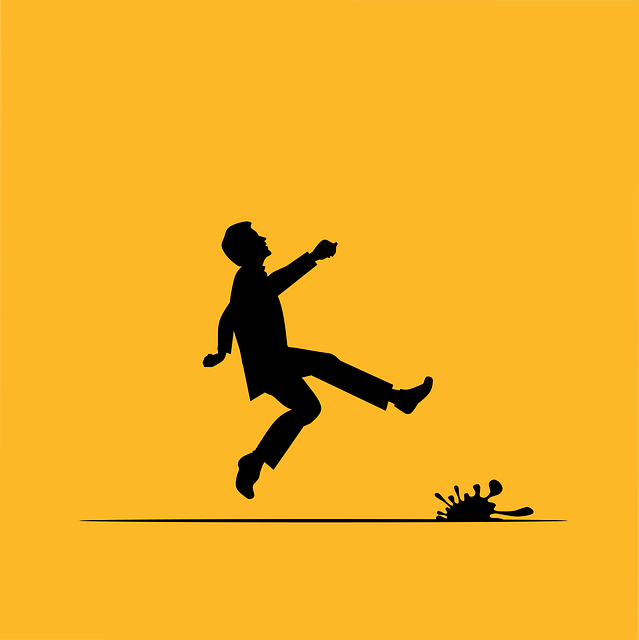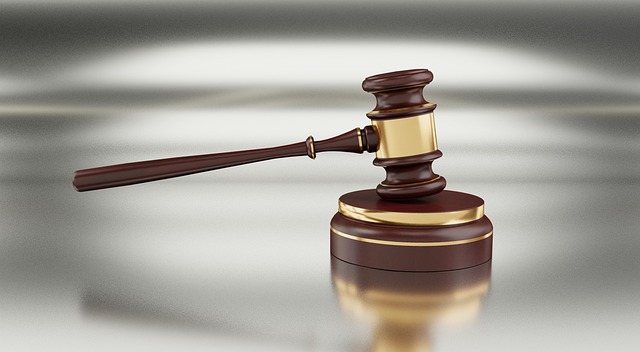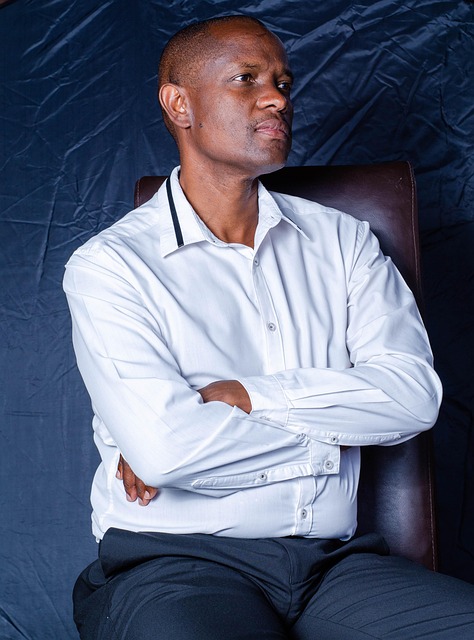Slip and fall accidents, from minor to severe, are common personal injury cases requiring careful legal navigation. Establishing liability involves proving duty of care, breach, and causation. Meticulous evidence gathering, including medical records, witness statements, and photos, is crucial. Consulting an experienced auto accident attorney is vital for legal guidance in these complex trials, especially in vulnerable settings like nursing homes, where rights and compensation for physical, emotional, and financial harm are at stake.
“Personal injury trials in slip and fall cases can be complex, but understanding the process is crucial for victims seeking compensation. This comprehensive guide breaks down the legal intricacies surrounding these accidents, offering a clear view from a legal perspective. We’ll explore strategies to build a strong case, highlighting the importance of evidence and expert opinions. Furthermore, this article delves into the personal injury trial process, informing individuals about their rights and what to expect during this challenging time.”
- Understanding Slip and Fall Accidents: A Legal Perspective
- Building a Solid Case for Personal Injury Compensation
- The Process of Personal Injury Trial: Rights and Expectations
Understanding Slip and Fall Accidents: A Legal Perspective
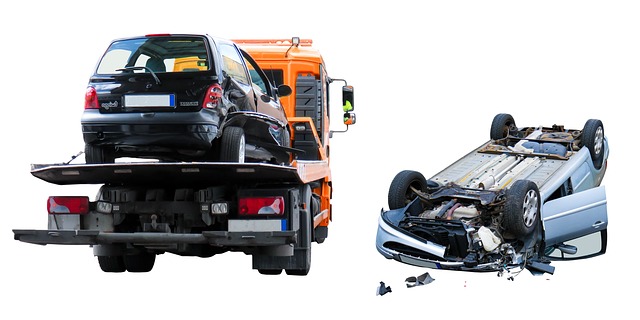
Slip and fall accidents are a common occurrence, often resulting in significant personal injury trials. From a legal perspective, understanding these incidents is pivotal, especially when it comes to determining liability and securing injury compensation for victims. These cases typically involve situations where an individual slips, trips, or falls on someone else’s property due to unsafe conditions, such as slippery floors, uneven surfaces, or inadequate lighting.
In personal injury trials related to slip and fall injuries, the plaintiff must prove that the defendant had a duty of care, breached that duty, and their actions directly caused the accident. This often includes demonstrating negligence, where the defendant’s failure to maintain a safe environment contributed to the harm suffered by the victim. Whether it’s a senior citizen falling in a supermarket due to a wet floor or someone tripping on a loose tile on a public sidewalk, each case is unique and requires careful examination of the circumstances surrounding the incident, particularly when elder abuse is suspected.
Building a Solid Case for Personal Injury Compensation
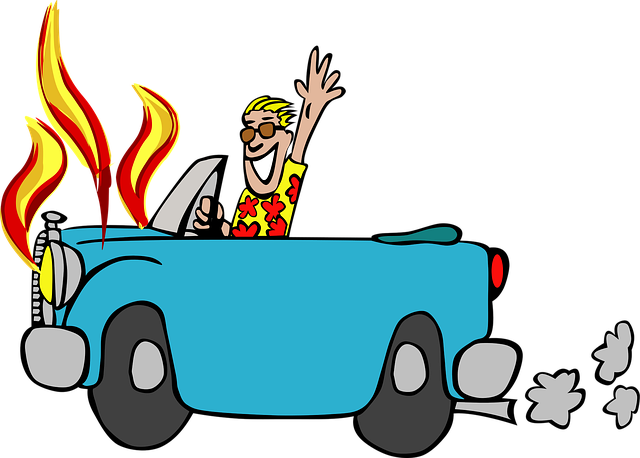
Building a solid case for personal injury compensation in slip and fall cases requires careful preparation and strategic thinking. The first step is to gather all relevant evidence, including medical records, witness statements, and photographs of the accident scene. These documents are crucial in establishing the cause of the fall and the extent of any injuries suffered.
Next, it’s essential to consult with a competent auto accident attorney or accident lawyer who has experience handling personal injury trials. They can help you navigate the legal process, assess your case’s strengths and weaknesses, and advise on the best course of action. A skilled lawyer will also ensure that all legal deadlines are met and that your rights are protected throughout the personal injury trial.
The Process of Personal Injury Trial: Rights and Expectations
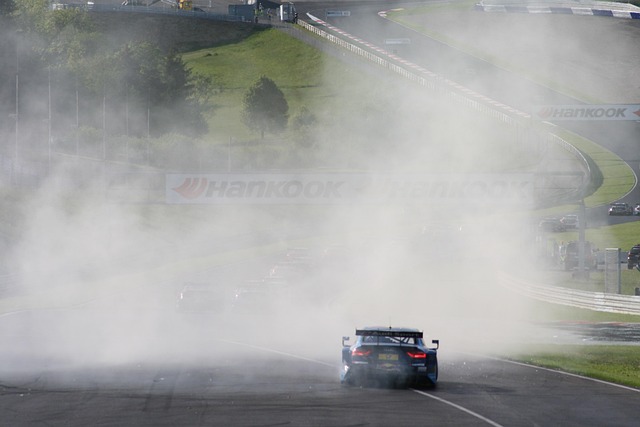
A personal injury trial is a legal process where individuals who have suffered harm due to another party’s negligence seek compensation for their injuries. When a slip and fall incident occurs, especially in vulnerable settings like nursing homes, it can lead to complex legal battles. The plaintiff, or the injured party, has rights and expectations during this trial that are designed to ensure fairness and justice.
The process involves presenting evidence to a judge or jury, including medical records detailing the extent of injuries, expert testimony to reconstruct the incident, and witness statements. In the case of elder law and nursing home neglect, where vulnerable individuals are involved, the focus shifts to establishing negligence on the part of the care facility. This may include proving inadequate training for staff, a failure to maintain safe premises, or ignoring known risks. Understanding these rights and expectations is crucial as it empowers victims to navigate the complexities of personal injury trials, ultimately aiming for a fair settlement or verdict that accounts for their physical, emotional, and financial well-being, especially when dealing with potential insurance disputes.
A successful personal injury trial in slip and fall cases requires a thorough understanding of legal principles, robust case construction, and clear knowledge of rights and expectations. By navigating through these key aspects, individuals can effectively pursue compensation for their injuries and ensure justice is served. In the event of a trial, being well-prepared and informed about the process is essential to achieving a favorable outcome.


